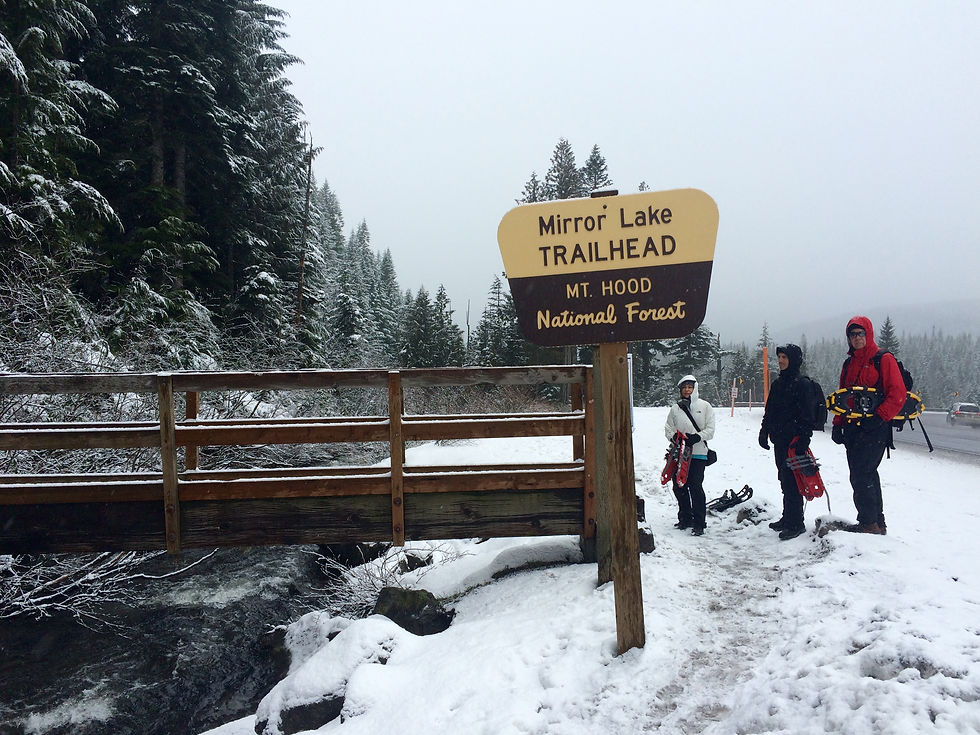Behind The Knee Pain: The Tiny Popliteus Muscle
- Courtney Truax, LMT

- Jun 24, 2022
- 3 min read

In working with a lot of athletes, and having been a CrossFitter myself, I hear people complain of feeling pain behind their knees at least a handful of times a year. It is usually not pain of the kneecap itself, but feels like it is on the backside of the knee, in the Popliteal Region. The area is usually sore and if you apply deep pressure directly to the area, it will feel quite tender. In this area is a very tiny little muscle called Popliteus.
The Popliteus muscle is located on the backside of the knee joint. It crosses over the knee joint, starting on the lateral femoral condyle (outside of the knee on the lowest part of the thigh bone) and the head of the fibula. It ends on the medial side, almost horizontally, on the inner tibia. It is such a tiny muscle that is deep down and hard to find, that it is often considered an insignificant muscle in rotating the knee. Yet it can cause great pain when injured.
What is the purpose of this tiny little muscle you ask?
Because it runs almost horizontally, it actually can move in two directions depending on which attachment is fixed (the femur or the tibia). Here are some functions of the Popliteus muscle:
Internally (medially) rotates the tibia (shin bone) when the knee is extended.
Externally (laterally) rotates the femur when the tibia is fixed in a stance position.
Helps unlock the knee in extension, allowing flexion to occur.
Stabilizes the femur and tibia during rotations, preventing over rotation.
What are some signs and causes of an injured Popliteus?
The Popliteus muscle can be injured due to a traumatic force or impact, but it is most often due to overuse of the muscle. It may start off gradually with tightness and a little bit of pain or an achy feel behind the knee, and then it seems to increase as you continue the same activity. When the Popliteus muscle is injured, you may experience the following:
Pain or tightness in the back of the knee.
Difficulty in straighten the knee into full extension.
Pain when trying to internally rotate the lower leg when leg is flexed.
Pain when pressing or firmly touching the tightened muscle.
Many athletes will experience this pain, especially if they do a lot of running on hard surfaces or running downhill, or if they do a lot of flexion of the knee, such as doing multiple squats. This little muscle works hard at stabilizing and unlocking the knee from extension into flexion. When the Popliteus is over worked, it will cause tightness and pain in the Popliteal region, located behind the knee joint.
What to do if you suspect your Popliteus is causing you pain?
Often times this muscle will be over used due to an inhibition of other major muscle groups, such as the hamstrings. I find that tight hamstrings are often the source causing the Popliteus to become overworked and sore. In most cases, the Bicep Femoris (the lateral most hamstring muscle) is too tight, limiting the rotation of the tibia on the femur. The inhibition of the hamstrings then recruits the Popliteus to engage more, in order to compensate for the lack of rotation from the hamstrings during the stance phase of your gait. To help alleviate the pain behind your knee you can do the following:

Rest from doing activities that aggravate it.
Apply ice during acute stage of the injury.
Gently stretch and foam roll your hamstring muscles.
Receive deep tissue massage where the therapist works your hamstrings, popliteus, and calf muscles.
Wear protective knee supports during activities that require a lot of knee flexion and extensions.
As with any pain related injury, have your doctor or physical therapist assess your injury to make sure that it is not a more serious ligament or meniscus related injury of the knee. Ask them about your Popliteus muscle and inform them of any and all activities you do that may be a source of the pain. In many cases, it will be a simple over use injury that will heal with practicing self-care for your muscles. More serious injuries, however, may require surgery. So it is always best to have it checked out.





Comments